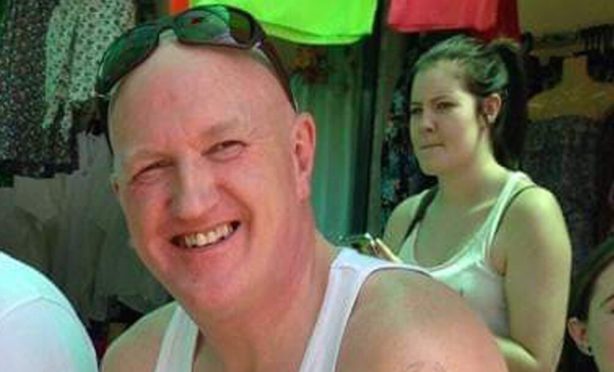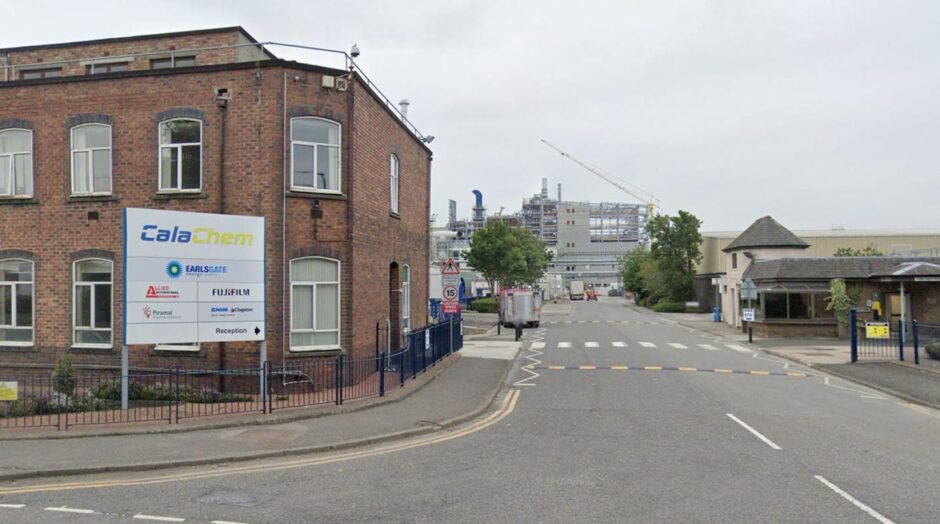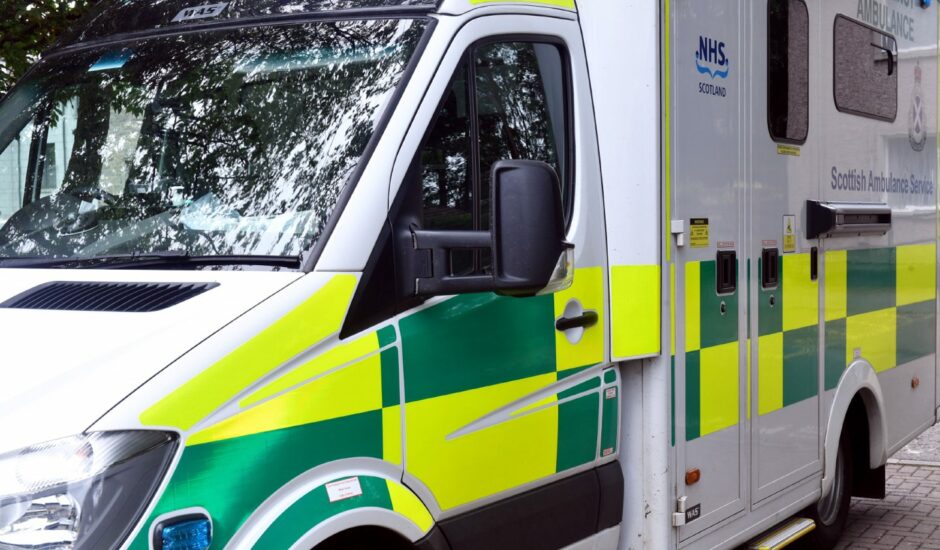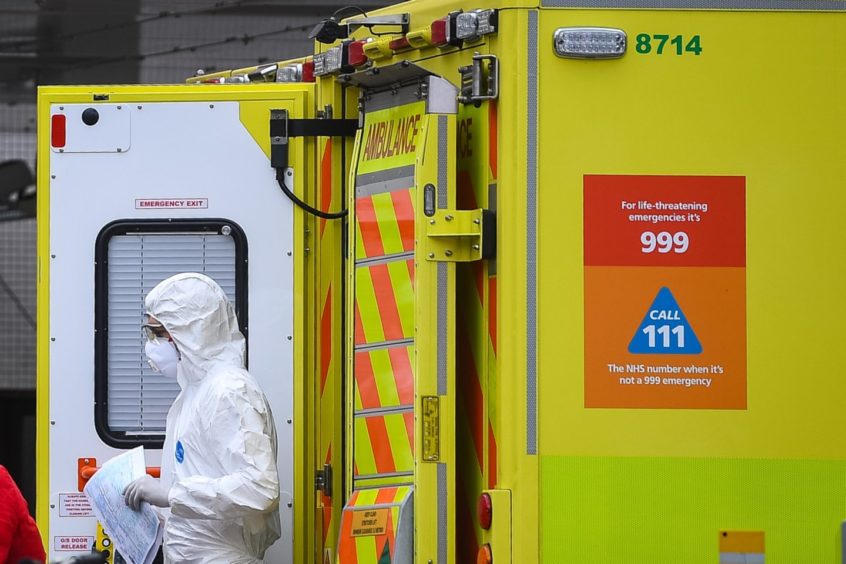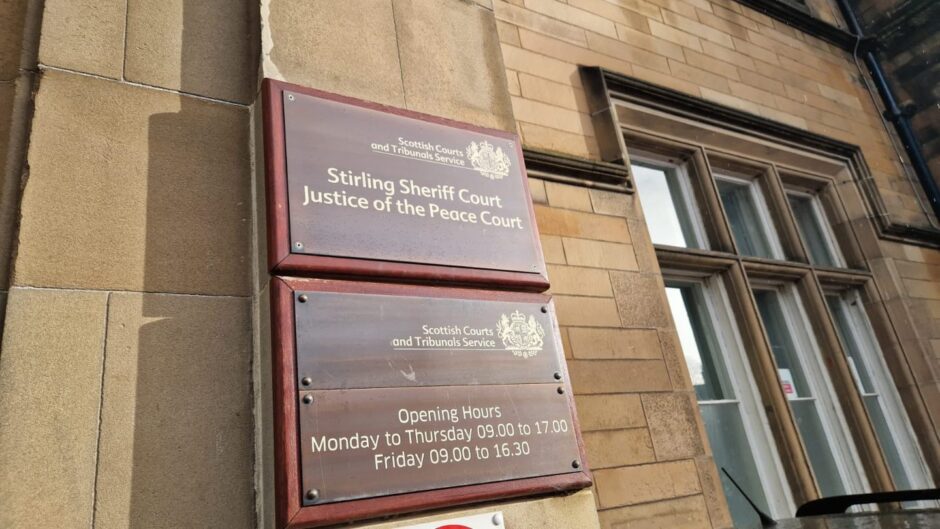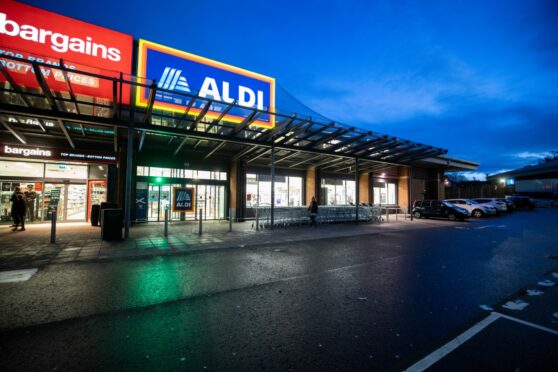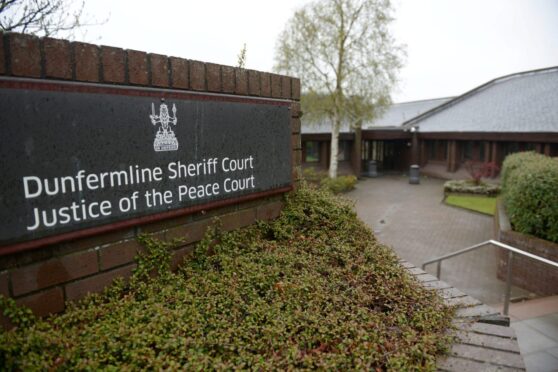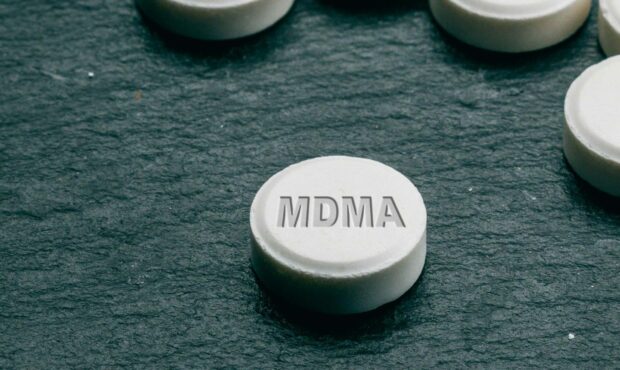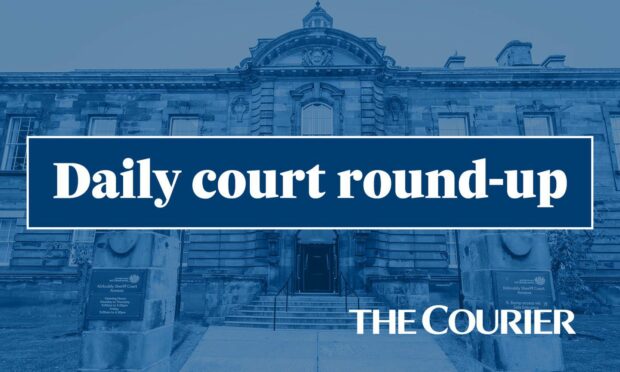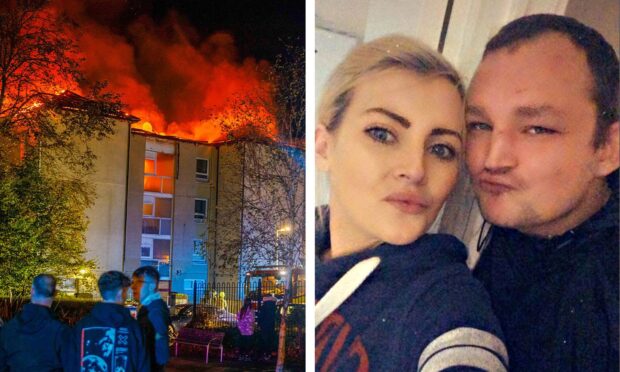An office worker from Stirling died after it took an ambulance 85 minutes to arrive after a first 999 call, a court has heard.
A first aider who battled in vain to save his colleague said the Scottish Ambulance Service had taken “what seemed like a lifetime” to arrive at the emergency at the height of the coronavirus pandemic.
Graham Anderson, 59, a stores co-ordinator from Stirling, was found lying face down in an office at CalaChem, at the Grangemouth petrochemicals plant on May 1 2020 .
A colleague who discovered him between 7.50 and 7.55am immediately called for assistance.
Gatehouse staff rang 999 at 7.57am and spoke to a handler at the Scottish Ambulance Service’s South Queensferry call centre.
A fatal accident inquiry (FAI) heard Mr Anderson was “ashen” and “clammy” and had pain in his chest and arm but was still conscious and breathing.
On-site first-responders gave oxygen and put him in the recovery position.
Three more 999 calls were made – one at 8.34 that did not properly connect, another immediately after and one at 9.18.
An ambulance did not arrive on the scene until 9.22 and there was a further wait while they donned PPE before attending to Mr Anderson, who was by now in cardiac arrest.
He was formally pronounced dead – due to coronary atheroma and thrombosis – an hour later.
Calls made during fight to save life
The FAI began at Stirling Sheriff Court last week.
Graham Malcolm, one of two first responders who went to Mr Anderson’s aid, told the probe he arrived in the stores office within minutes of being told there was a “medical emergency”.
He found Mr Anderson “obviously unwell”.
His colleague called the gatehouse to ask for an ambulance while he administered oxygen “to try to improve the situation”.
Mr Malcolm, 58, said: “We waited quite a long time for the ambulance to attend the site.
“There were numerous calls to the Scottish Ambulance Service via the gatehouse and the shift operations manager’s mobile phone.”
After 30-to-35 minutes Mr Anderson had grown worse and said his chest and arm pain had increased from “four or five” to “seven or eight” on a one-to-ten scale.
He then went into cardiac arrest and Mr Malcolm and his colleague performed CPR and shocked him with a defibrillator.
This resuscitated Mr Anderson “for about five minutes” but he arrested again as the ambulance arrived at the gatehouse.
Further wait for PPE
Mr Malcolm said he and his colleague were still trying to resuscitate Mr Anderson for a second time with chest compressions and oxygen when the ambulance crew reached the building.
He said: “To be perfectly honest myself and my colleagues were a bit agitated to try and get them in to help us but they had their protocols and they had to don the correct PPE before they would enter the building and assist.”
Stuart Fraser, solicitor for Mr Anderson’s family, asked if he had been concerned there was no sign of the ambulance.
Mr Malcolm said: “We waited a long time.
“We went through two or three cylinders of oxygen.
“Some of our colleagues went back to the [on site] fire station for more.
“It seemed like a lifetime.”
Emergency got second-lowest priority level
The inquiry heard that in the first 999 call, a member of gatehouse staff told a call handler Mr Anderson had “passed out” but had been unable to answer follow-up questions so the operative phoned directly one of the first responders with Mr Anderson.
They were told he was on oxygen and his colour was “coming back a bit”, he had no history of heart problems but was on medication for cholesterol.
The Scottish Ambulance Service computer system colour-coded the call as “teal” – the second lowest priority – and it was “triaged as requiring additional triage”.
The first responders were told to expect a further call “to get a bit more information while we work out how best to help him”.
They were also told to call back if Mr Anderson’s condition worsened, which the inquiry heard they did.
The inquiry, which is not mandatory, is being held on the orders of the Lord Advocate, Dorothy Bain KC, Scotland’s chief law officer, who said she considered Mr Anderson’s death had “occurred in circumstances giving rise to serious public concern”.
Sheriff Keith O’Mahony continued the inquiry to a further date.
For more local court content visit our dedicated page or join us on Facebook.
